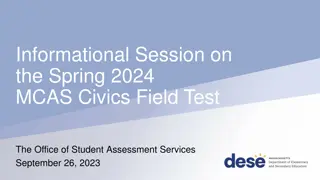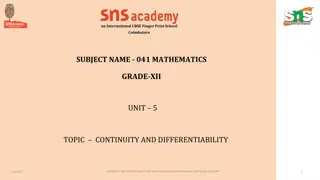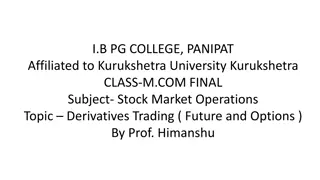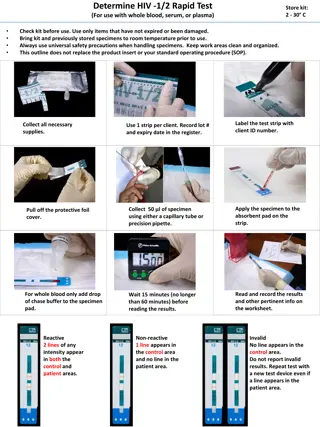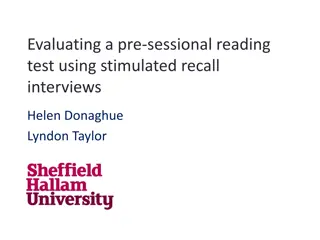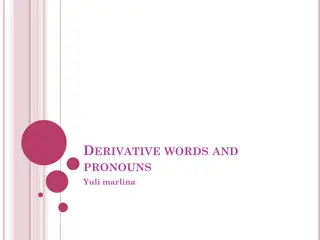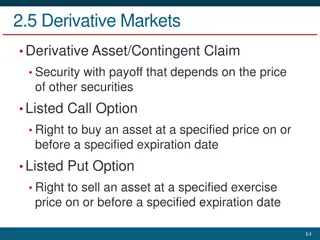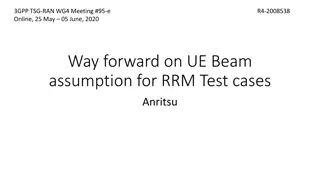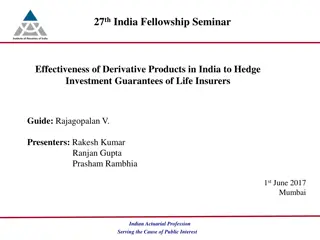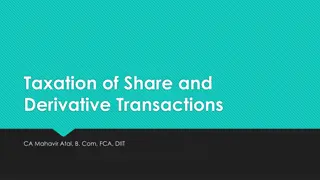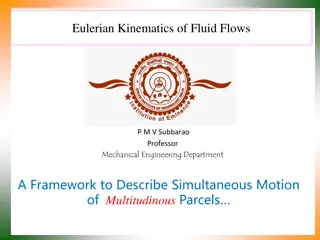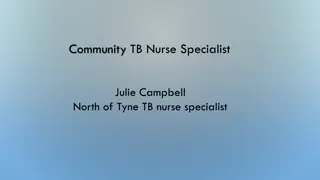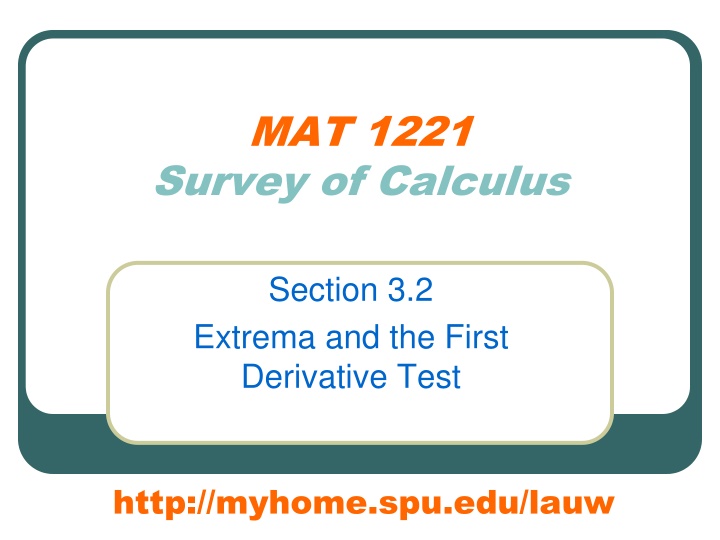
Extrema and First Derivative Test in Calculus
Explore the concept of extrema and the First Derivative Test in Calculus through examples and explanations. Learn about absolute maxima and minima, local maxima and minima, and the importance of algebraic accuracy. Develop a comprehensive understanding of finding extreme values and applying derivative tests in calculus.
Uploaded on | 2 Views
Download Presentation

Please find below an Image/Link to download the presentation.
The content on the website is provided AS IS for your information and personal use only. It may not be sold, licensed, or shared on other websites without obtaining consent from the author. If you encounter any issues during the download, it is possible that the publisher has removed the file from their server.
You are allowed to download the files provided on this website for personal or commercial use, subject to the condition that they are used lawfully. All files are the property of their respective owners.
The content on the website is provided AS IS for your information and personal use only. It may not be sold, licensed, or shared on other websites without obtaining consent from the author.
E N D
Presentation Transcript
MAT 1221 Survey of Calculus Section 3.2 Extrema and the First Derivative Test http://myhome.spu.edu/lauw
Expectations Check your algebra. Check your calculator works. Make sure you have all the important details for each point you are testing. 0, 0
1 Minute You can learn all the important concepts in 1 minute.
1 Minute High/low points most of them are at points with horizontal tangent
1 Minute High/low points most of them are at points with horizontal tangent. Highest/lowest points at points with horizontal tangent or endpoints
1 Minute You can learn all the important concepts in 1 minute. We are going to develop the theory carefully so that it works for all the functions that we are interested in. There are a few definitions
Preview Define Local (relative) max./min. Absolute max./min. First Derivative Test Closed Interval method
Absolute Max ? has an absolute maximum at ? = ? on ? if ? ? ? ? for all ? in ? (? =Domain of ?) ? ?
Absolute Min ? has an absolute minimum at ? = ? on ? if ? ? ? ? for all ? in ? (? =Domain of ?) ? ?
Extreme Values The absolute maximum and minimum values of ? are called the extreme values of ?.
Example 0 y Absolute max. Absolute min. x
Local (Relative) Max/Min ? has an local maximum at ? = ? if ? ? ? ? for all ? in some open interval containing ? ? has an local minimum at ? = ? if ? ? ? ? for all ? in some open interval containing ?
Example 0 y Local max. x Local min.
Note An end point is not consider as a local max/min.
The First Derivative Test Suppose that ? is a critical number of a continuous function ?. (a) If ? changes from positive to negative at ?, then ? has a local maximum at ?. (b) If ? changes from negative to positive at ?, then ? has a local minimum at ?. (c) If ? does not changes sign at ?, then ? has no local max. or min. at ?.
The First Derivative Test y y y = y = (x ) (x ) f f =0 <0 >0 >0 <0 =0 x x a a c c b b Local max. Local min.
Example 1 (Continue from 3.1) = = + 2 ( ) f x f 6 10 x x , 3 ( ( ) ) 3 , ( ) 3 3 The local min. value of ? is f(3)=1
Expectations The first part of the problem is to find the interval of increasing/decreasing. The second part is to find the local max./min. from the results of the first part You are expected to answer the problem formally with a statement similar to The local min. value(s) of ? is ?(3) = 1.
How to find Absolute Max./Min.? It is easy if the domain is a closed interval Fact: It is difficult to do that if the domain is NOT a closed interval.
The Extreme Value Theorem Extreme Value Theorem If ? is continuous on a closed interval [?,?], then ? attains an absolute max value ?(?) and an absolute min value ?(?) at some numbers ? and d in [?,?]. No guarantee of absolute max/min if one of the 2 conditions are missing.
How to find Absolute Max./Min.? y Absolute max. Local max. Absolute min. x Local min.
The Closed Interval Method The Closed Interval Method Idea: the absolute max/min values of a continuous function ? on a closed interval [?,?] only occurs at 1. the local max/min (the critical numbers) 2. end points of the interval
The Closed Interval Method The Closed Interval Method To find the absolute max/min values of a continuous function f on a closed interval [?,?]: Find the values of ? at the critical numbers of ? in (?,?). Find the values of f at the end points. The largest of the values from steps 1 and 2 is the absolute maximum value; the smallest of the those values from is the absolute minimum value. 1. 2. 3.
The Closed Interval Method The Closed Interval Method To find the absolute max/min values of a continuous function ? on a closed interval [?,?]: Find the values of ? at the critical numbers of ? in (?,?). Find the values of ? at the end points. The largest of the values from steps 1 and 2 is the absolute maximum value; the smallest of the those values from is the absolute minimum value. 1. 2. 3.
The Closed Interval Method The Closed Interval Method To find the absolute max/min values of a continuous function ? on a closed interval [?,?]: Find the values of ? at the critical numbers of ? in (?,?). Find the values of ? at the end points. The largest of the values from steps 1 and 2 is the absolute maximum value; the smallest of the those values from is the absolute minimum value. 1. 2. 3.
Example 1 Find the absolute max/min values of = x x x f + ] 5 , 3 3 ( ) 12 1 on [ ( ) ( ) ( ) 5 = = = 2 17, = 2 15 f f ( ) 3 10, 66 f f
Expectations Formally answer the problem in this form or something equivalent:

